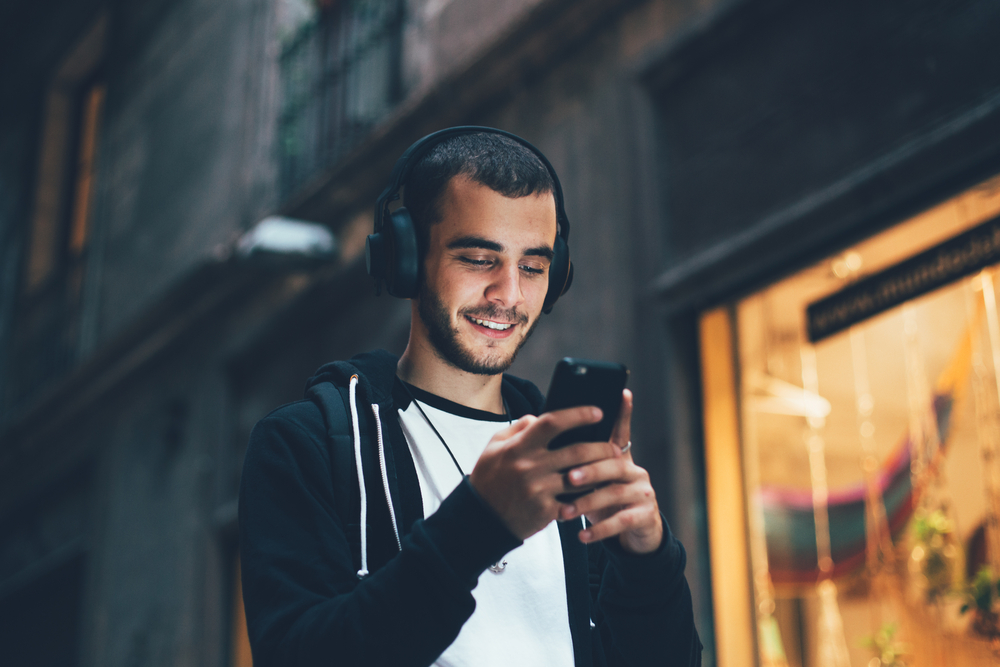Meet James, an avid music enthusiast who seamlessly integrates Spotify into his work routine, switches to Pandora during his jogs, and curates playlists for every occasion imaginable, from cardio sessions to cooking and even gaming. His headphones are his constant companions, transforming his life into a fully soundtracked experience. However, while James finds solace and joy in the immersive world of music, the very thing he cherishes could be silently damaging his precious sense of hearing.
Concerning our ears, there are both safe and hazardous ways to indulge in music. Regrettably, many of us tend to gravitate towards the latter.
How does prolonged music exposure lead to hearing loss?
Over time, loud noises can cause deterioration of your hearing abilities. We’re used to thinking of hearing loss as a problem associated with aging, but more and more research suggests that it’s really the accumulation of noise-related damage that is the issue here and not anything inherent in the aging process.
It also turns out that younger ears are particularly susceptible to noise-related damage (they’re still developing, after all). And yet, young adults are more likely to be dismissive of the long-term dangers of high volume. So there’s an epidemic of younger people with hearing loss thanks, in part, to rampant high volume headphone use.
Is it possible to enjoy music safely?
Unrestricted max volume is clearly the “dangerous” way to listen to music. But there is a safe(er) way to enjoy your tunes, and it usually involves turning the volume down. The general guidelines for safe volumes are:
- For Adults: No more than 40 hours of listening on a device and keep the volume below 80dB.
- For Teens and Minors: You can still listen for 40 hours, but keep the volume level below 75dB.
Forty hours per week translates into roughly five hours and forty minutes a day. That seems like a lot, but it can go by rather quickly. Even still, most people have a pretty solid concept on keeping track of time–it’s something we’re taught to do successfully from a very young age.
The harder part is monitoring your volume. On most smart devices, computers, and televisions, volume is not measured in decibels. It’s measure on some arbitrary scale. Maybe it’s 1-100. But maybe it’s 1-16. You might not have any idea what the max volume on your device is, or how close to the max you are.
How to effectively monitor your music volume
To address this issue, numerous free noise monitoring applications are available for both iPhone and Android devices. These apps offer real-time insights into ambient noise levels, empowering users to adjust their music volume accordingly.
That’s why most hearing specialists recommend the use of one of many free noise monitoring apps. These apps–widely available for both iPhone and Android devices–will give you realtime readouts on the noises surrounding you. That way you can monitor the dB level of your music in real time and make adjustments.
A volume comparison: garbage disposals and beyond
By way of illustration, 80 dB is approximately equivalent to the noise emitted by a typical garbage disposal or dishwasher—audible, yet not excessively loud. Recognizing this benchmark is crucial, as it represents the threshold beyond which auditory damage becomes a tangible risk.
So being extra vigilant when surpassing this decibel threshold is important. Consider limiting exposure to excessively loud music by enjoying select tracks at maximum volume rather than indulging in entire albums.
Repeated exposure to elevated volume levels can result in hearing complications such as tinnitus and eventual hearing loss. By remaining cognizant of when our ears venture into the danger zone, we empower ourselves to make informed decisions, with the ultimate goal of fostering safer listening practices.
Schedule a hearing test
To further prioritize your auditory health, consider reaching out to a hearing specialist to schedule a comprehensive hearing test. Proactive measures such as regular screenings can detect any potential issues early on, allowing for timely interventions and personalized recommendations to safeguard your precious sense of hearing.
Find a hearing specialist near you to schedule a hearing test today.



